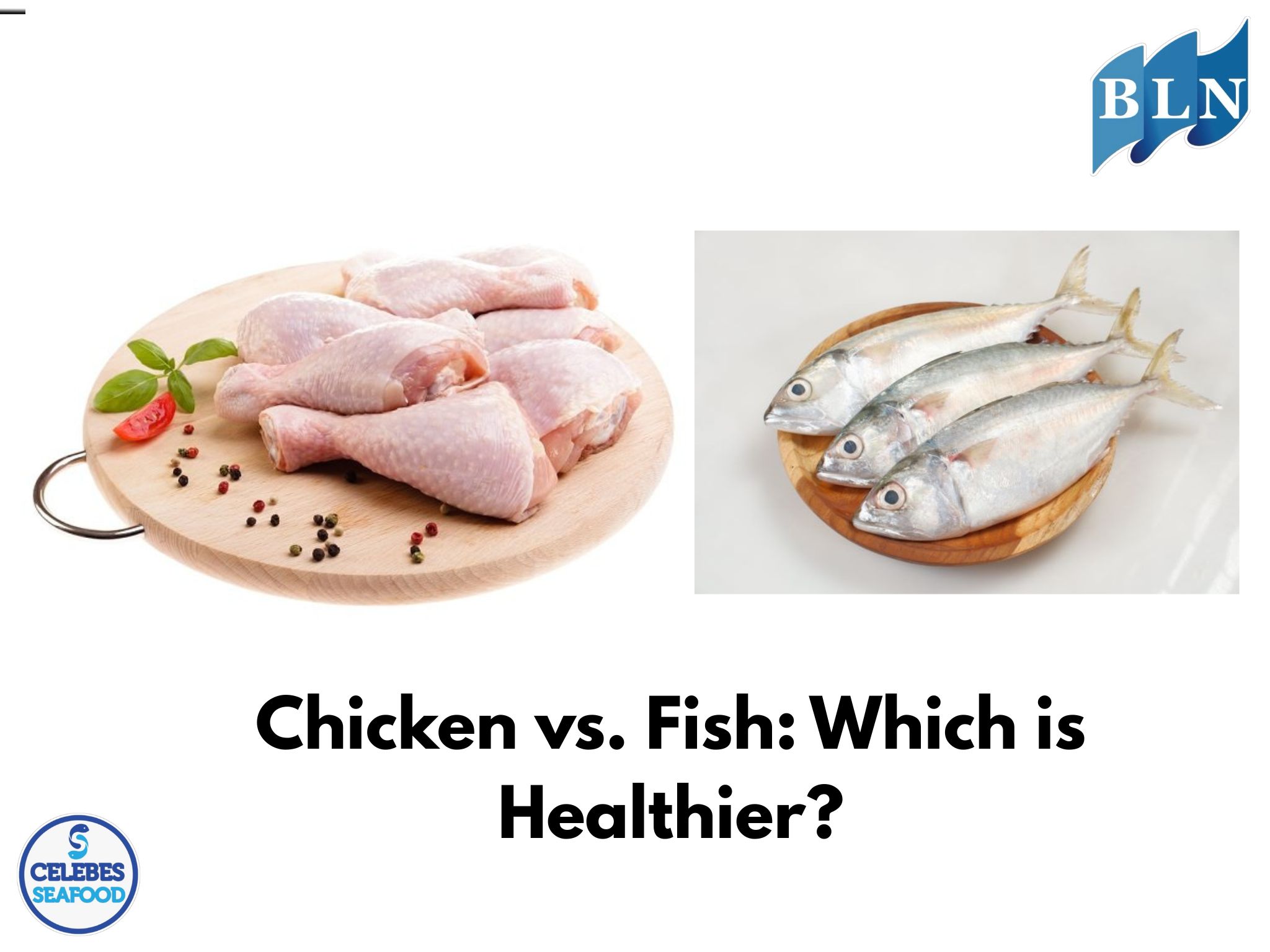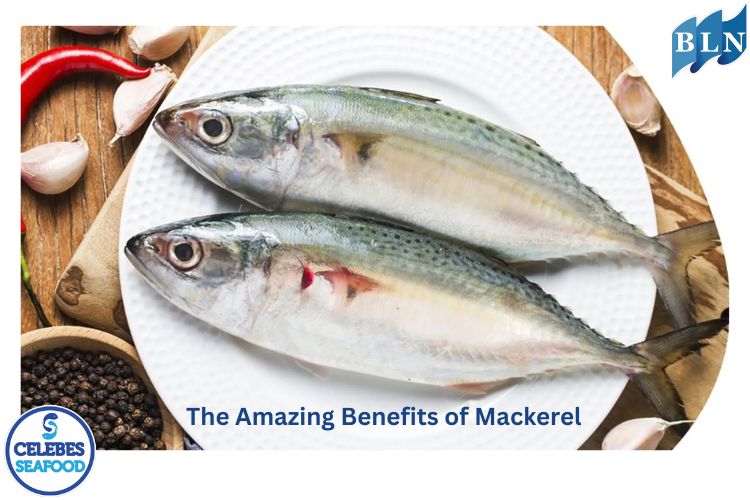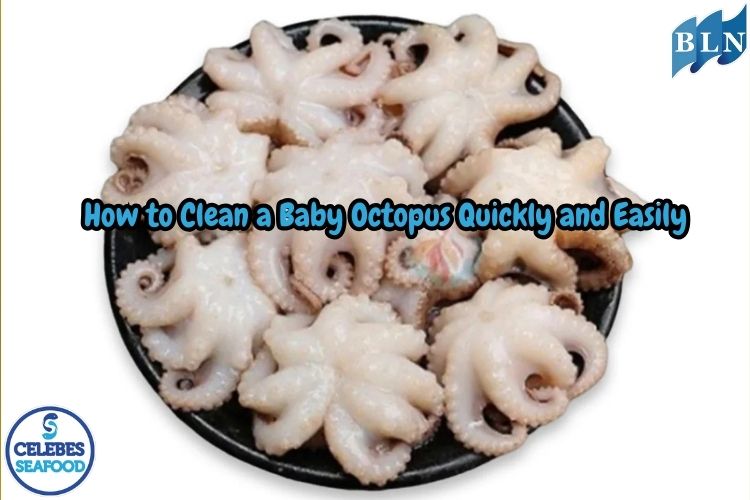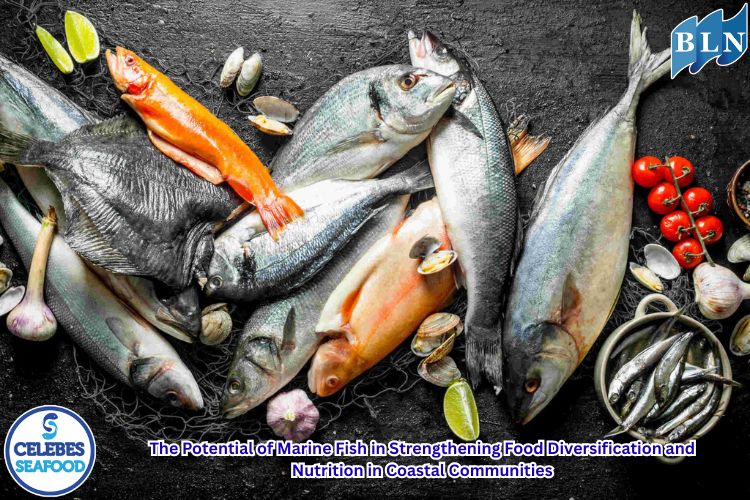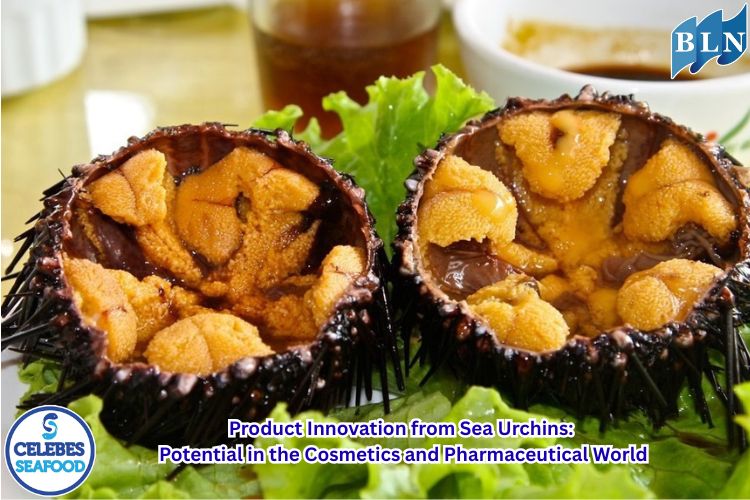Handling Fresh Fish for Consumption
By. Azizah - 13 Aug 2025
lautnusantara.comFish is one of the most important sources of animal protein, rich in omega-3 fatty acids, vitamins, and essential minerals. However, fish is also a highly perishable food due to enzymatic activity, lipid oxidation, and microbial growth. Therefore, proper handling is essential to maintain its freshness, safety, and nutritional value until it is consumed.
Fish are one of the largest vertebrate groups in the world. They are widely distributed; they can be found almost everywhere in the world, from an altitude of 3,800 meters above sea level in the Andes Mountains to a depth of 10 km in the Pacific Ocean (Ario, 2010: 32). Fish bodies are generally covered with scales, thin bones arranged like roof tiles. The outer skin of fish is slimy to facilitate movement in the water (Irianto, 2009: 29). Fish are rich in protein and omega-3 fatty acids, making them excellent for consumption.
Fish freshness is crucial in determining the overall quality of fishery products. Freshness can encompass appearance, taste, smell, and texture, which are consciously or unconsciously assessed by buyers or consumers of the product (Winarni et al., 2003). Fish products are perishable foods due to their high protein and water content. Therefore, proper handling of fish after they are caught is crucial.
The ABCD principle is one way of handling to maintain fish quality. The first principle is ati-ati (careful) where in handling it is necessary to minimize damage to fish to prevent rapid rot, sorting/separating according to condition, simple ways to slow the rate by applying ice or other cooling processes. The second principle is clean (sanitation) including ways to prevent contamination, work cleanly, and sort the size of fish with physical defects. The third principle is fast, this principle emphasizes not to delay handling, flow materials smoothly. The final principle is cold, implement a cold chain system quickly, the application of cooling techniques (<0°C) continuously and uninterruptedly from capture, harvesting, handling, processing, and distribution.
1. Principles of Handling Fresh Fish
The main purpose of handling fresh fish is to slow down spoilage and maintain organoleptic quality (color, odor, texture). The key principles include:
-
Lowering the fish’s body temperature as quickly as possible after capture.
-
Preventing contamination from the environment, equipment, or human contact.
-
Reducing enzymatic and microbial activity through chilling or freezing.
-
Using clean water for washing and processing.
2. Steps in Handling Fresh Fish
2.1 Capture
-
Use fishing gear that minimizes physical damage to fish (e.g., purse seine, hand line, or gill net with proper mesh size).
-
Avoid excessive piling of fish on the vessel.
2.2 Stunning and Bleeding
-
Immediately stun the fish after capture to reduce stress.
-
Bleeding is done by cutting the main blood vessels (under the gills) to reduce dark coloration in the flesh and extend freshness.
2.3 Initial Washing
-
Use clean seawater or potable freshwater.
-
Washing aims to remove slime, blood, loose scales, and dirt.
2.4 Rapid Chilling
-
Store fish with ice (minimum ratio 1:1 of ice to fish) in insulated containers.
-
Use flake ice or crushed ice that covers the entire surface of the fish.
-
Ideal storage temperature for fresh fish: 0–4°C.
2.5 Temporary Storage
-
Keep fish in refrigerated boxes on the vessel or in cold storage.
-
Avoid direct exposure to sunlight.
2.6 Transportation
-
Use refrigerated trucks or insulated containers with ice supply.
-
Regularly monitor temperature to ensure it stays below 4°C.
2.7 Gutting and Cutting
-
Conducted in a clean facility using stainless steel equipment.
-
Wear gloves and use sterilized knives.
-
Remove the internal organs and wash thoroughly to prevent odor and rapid spoilage.
3. Hygiene and Food Safety Aspects
-
Equipment sanitation: all containers, knives, and tables must be cleaned and sanitized.
-
Worker hygiene: workers must wash hands and wear aprons, masks, and gloves.
-
Temperature control: monitor temperature from capture to consumption.
-
Hygienic packaging: use food-grade plastic or vacuum packaging to slow oxidation.
-
Avoid cross-contamination: separate raw fish from other products.
4. Indicators of Fresh Fish
-
Eyes: clear, protruding, and bright.
-
Gills: fresh red without thick mucus.
-
Skin and scales: shiny, firmly attached, not dull.
-
Flesh: firm and springs back when pressed.
-
Odor: fresh sea-like smell, not pungent or sour.
Proper handling of fresh fish for consumption requires speed, precision, and adherence to hygienic principles from capture to serving. Rapid chilling, cleaning with clean water, and preventing contamination are the key steps to maintain quality and safety. With proper handling, the shelf life of fresh fish can be extended, nutritional value preserved, and consumers can enjoy a safe and high-quality product.
